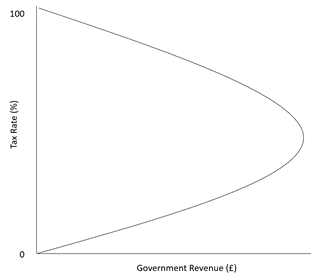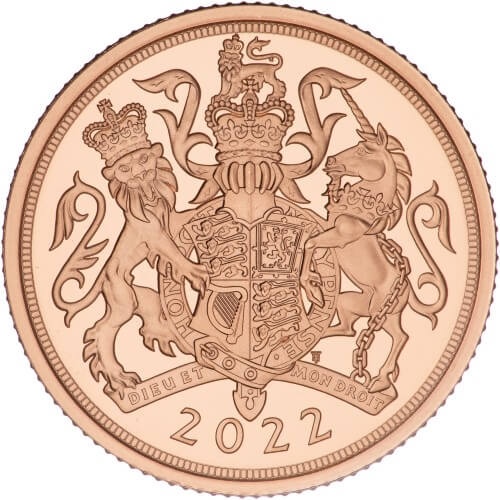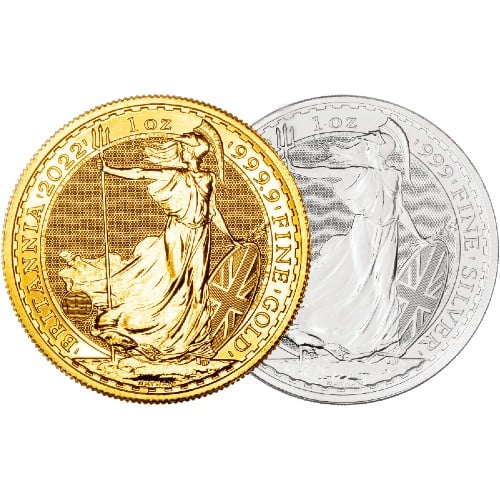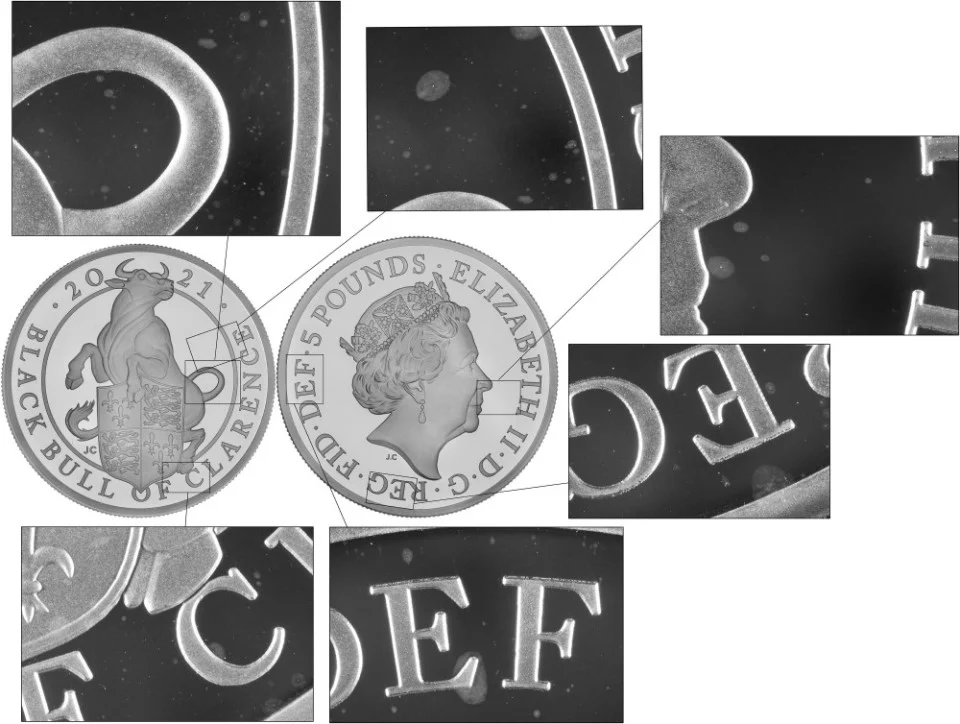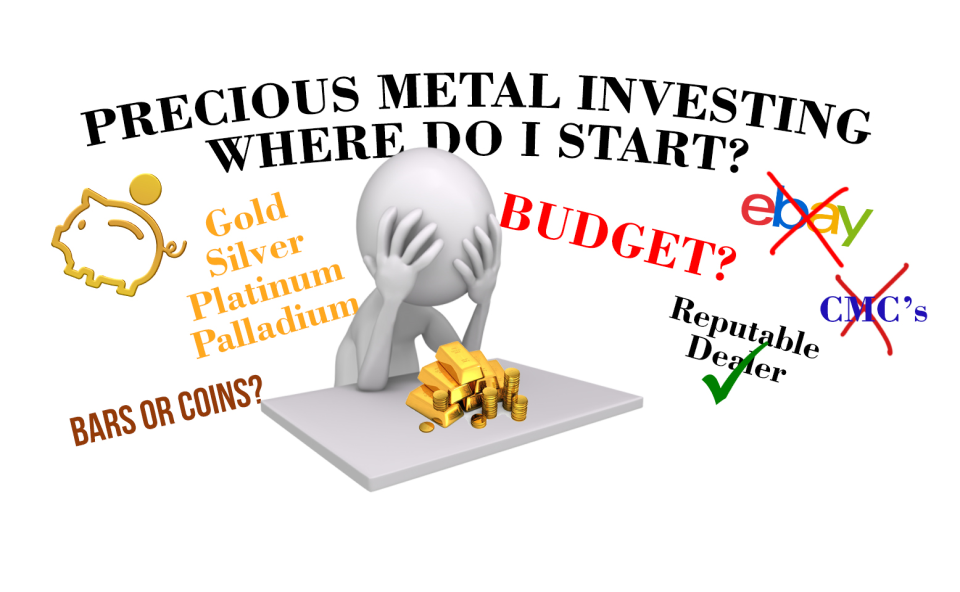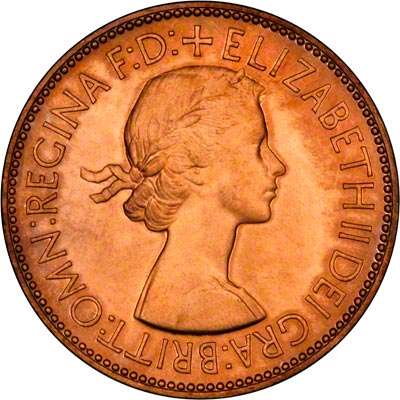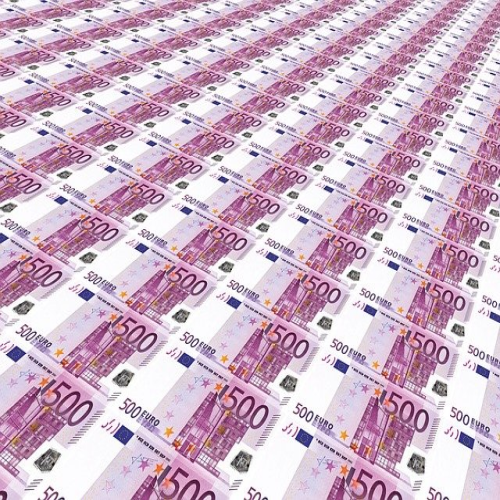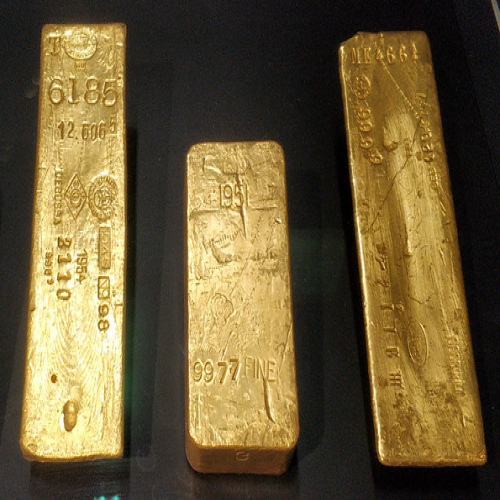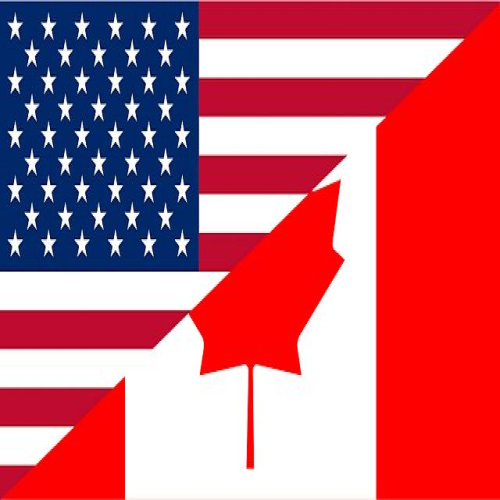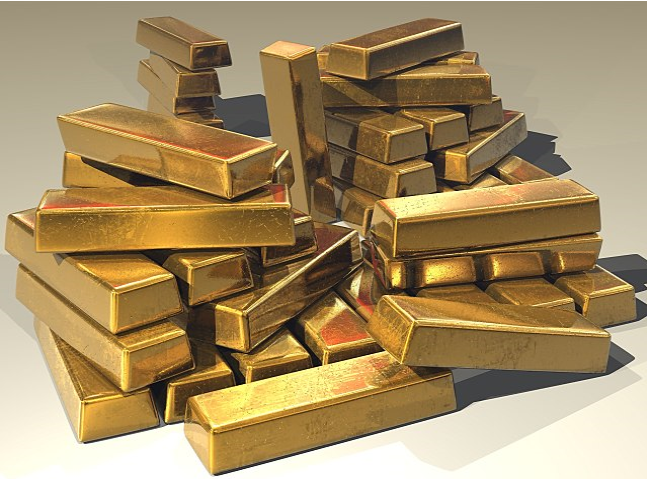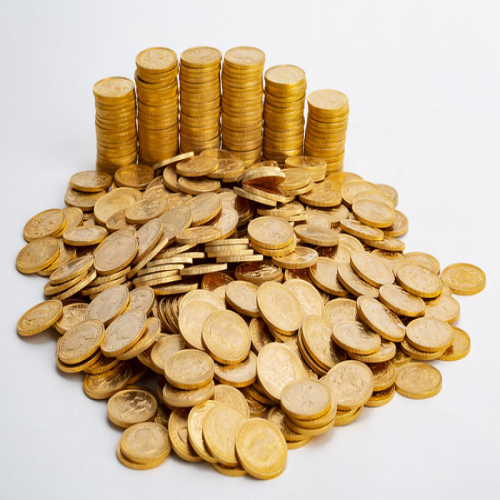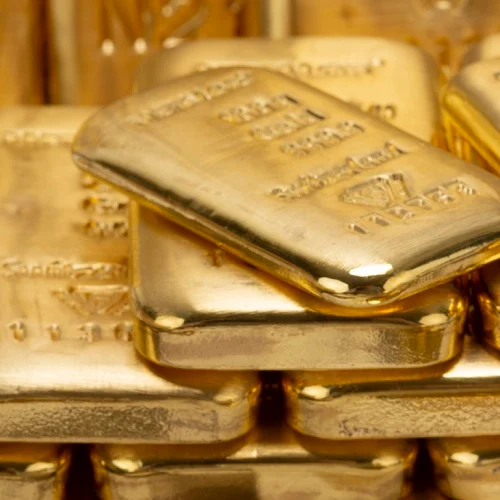How Gold Prices Are Set
Synopsis
It is an enduring mystery to some observers who wonder how gold prices, and precious metal prices in general are set. It is a subject which can be made overly complicated by overthinking, but with certain assumptions and theory, it can be explained in a simple way for the ordinary interested layman.
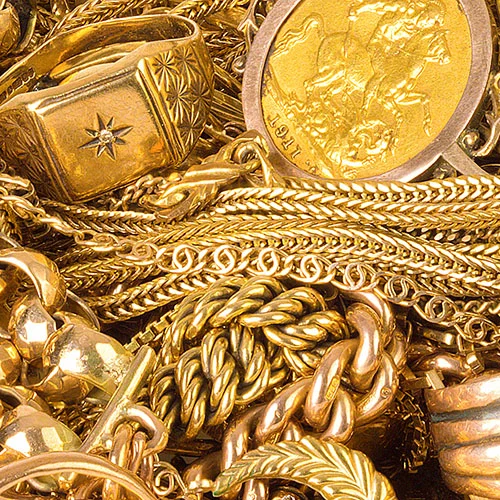
The Basics
Modern day exchanges occur using a medium of exchange, noteably currency. While the digital age has changed the methods, the basic concepts still apply. In the simplest form, an amount of gold sells for a certain amount of British Pounds. But why is an ounce of gold worth what it is, and why does the price change so rapidly?
Understanding Theories of Value
Theories of value attempt to explain how and why goods and services are exchanged.
Up to the end of the 19th Century, the most prominent theory was what is known as the Cost or Labour Theory of Value. There was no single philosopher or economist that came up with this theory, but one of probably many that came to similar conclusions. One of its earliest proponents can be traced to Thomas Aquinas (1225-1274). The Labour Theory of Value is the idea that the value of a good is derived from the labour that went into producing it. This was proposed by classical economists such as Adam Smith, David Ricardo and later, Karl Marx who developed this further to explain the exploitative nature of profits and capitalism as a whole. The labour theory has many criticisms and has been debunked many times but is still a core tenet in Marxist philosophy. One criticism is how technology helps to produce more goods with less physical labour. If a machine can produce 100 widgets in the time it takes a person to make a single widget, the labour theory does not hold. This is because if 1 machine-produced widget costs only a fraction of the man-made one, there is little chance that the consumer will pay for the more expensive man-made widget.
In the 1870s, three economists, Leon Walras (France), William Stanley Jevons (England), and Carl Menger (Austria), independently (and almost simultaneously), created what is now known as the Subjective Value Theory. In the most basic sense, a good’s value (like gold) is determined by how much someone is willing to pay for it. They can bid the price up when there is a shortage of gold, and sellers can reduce prices when they have excess stocks of gold.
Subjective value should not be confused with the term intrinsic value; which numismatists use to refer to the metal worth of a coin.
How is Value Reflected in Price?
It is important to understand, goods are not exchanged because of an equality in value. They are exchanged because of an inequality!
A values B’s good more than his own good. Likewise, B values A’s good more than his own. Here a mutually beneficial exchange can take place. If both goods were equal in value there would be no reason to trade. Of course, time is an important element in exchange. An iced tea is obviously more popular in summer than in winter. Likewise, there will be more demand for an umbrella on a rainy day than on a dry day.
Imagine an iced tea seller, who prepares to sell 100 iced teas per day. On the sunnier days, he will see more demand while rainy days a lot less. If we assume that he has only enough storage for 100 teas, we know that there is a finite supply. If he sets a low price (£1.50) on a sunny day, he will likely sell out quickly, leaving many potential customers unsatisfied. If he increases the price (£3.50), those that value the iced tea more than their money, will pay the higher price. This will remove those only wishing to spend a lower price, reducing the demand. Those that don’t value a £3.50 iced tea will keep their money until they find something more satisfactory (Perhaps another Iced tea stand that sells at £2.00). Our initial tea stand can still out of the product but it will be at a more profitable price that serves the maximum number of people.
It is unlikely he will sell many iced teas at £3.50 on a cold, rainy day so he must make a choice. He can reduce the price so he can still make a profit and entice as many people as possible to buy his product, or, he can keep the high price and be lucky to sell anything at all. Rather than spending a day in the rain selling zero iced teas at £3.50, he would rather stay at home and relax.
Gold Pricing Today
While the example of iced tea is an overtly simple one, a market, ANY market operates under similar laws of supply and demand. Gold is no exception. If a person, or a group ofpeople wish to buy gold, they can increase the price by offering to buy at a higher rate. As the price increases, some potential buyers will be discouraged until there is one left. Similarly, if a seller wishes to offload some or all of his gold stock, he can offer them at lower and lower prices until he eventually finds a buyer.
The commodities markets deal with millions of transactions per day all over the world, so it is impossible to ascertain a single gold price. There are benchmarks which traders use to make their trades, which are based on aggregates of previous sales and purchases. There are a number of prices which represent the price of gold under different circumstances. You can look at live prices for precious metals by looking at the link here.
The LBMA Fix
The London Precious Metals Fix Price is set by the London Bullion Market Association (LBMA) twice daily and is set by the members of the “gold pool” simulating the trades of their clients until the gold sold is equal to the gold purchased. In instances where their gold is left unsold, then the process begins again with an adjusted price.
The fix is set at 10:30am and 3:00pm London time and is available in 16 different currencies. This price will be the benchmark for the commodities traders, but prices for individual trades will vary dependant on supply and demand. This demand will often increase during economic hardships and people look to protect their money in what are often called “safe haven” assets.
Spot Price
The spot price, often called the live price or “over-the-counter" (OTC) price, is the price of gold at any given time. This will be anywhere around the previous cycle’s London Fix, but this gives an indication of how gold is trading throughout the day. At Chard's we would use this spot price for buying and selling.
Futures
The spot/live price is the price if you wanted to buy an ounce of gold “over-the-counter" today. But what if you wanted to purchase gold a year or two in the future? You could wait and buy next year but if the price goes up in the meantime, you will lose out. What if there was a way to agree on a price today, but you were not obligated to pay until 12 months down the line? Well, there is, and it’s done on what is called the Futures market trading in what is sometimes called“paper gold”. Here, traders offer contracts (paper) to purchase gold at a set price for a specific amount of time (3 months, 6 months, 1 year etc.). This can make huge returns for investors if the gold price increases, but alternately, can be costly, if the price goes down. For example, if the OTC price is £1500, the price to buy in the future may be £1650. If by the time the contract expires the price has dropped to £1400, then the trader suffers a loss because the contract will still have to be fulfilled at the £1650 price.
As gold sees regular increases over the long term, future prices will be higher than spot prices. This is known as a market in contango.
In very rare cases, if gold has dismal future prospects then the future price becomes lower than the spot price. This becomes a market in backwardation. The most recent example of this was on March 16th 2020 as a number of countries entered enforced lockdowns. Backwardation can be severe, such as the in the oil market on 20th April 2020 when crude oil dropped by nearly 300% and was trading at -$37 per barrel. This was after a period of “supercontango”, when future prices were well above the spot price. The coronavirus and a Saudi-Russian trade war triggered fears that a reduction in demand would lead to storage capacity issues, this led to some producers paying buyers to take oil off their hands. Fortunately, it did not take long for the market to return to contango.
Forwards
A similar contract to a Future is a forward contract. Whereas futures are traded in large exchanges, like the COMEX, in standardised packages, forwards can be traded over the counter and customised.
Gold and its Critics
Despite gold’s staying power over centuries, it still has its critics. British economist John Maynard Keynes famously referred to the recently abandoned gold standard as “a barbarous relic”, and while some economists acknowledge the historic importance of gold as a form of money, it is not easy to find one in favour of a return to the gold standard, due to the many misconceptions and untruths surrounding its eventual decline. Unfortunately, Keynes’s influence is still widespread despite views which often changed with the wind. Views which lead to a 1931 Daily News and Chronicle article entitled “Economic Acrobatics of Mr. Keynes”. These ever-changing turns included being a fierce proponent of free trade up until the 1930s, where he became a protectionist and economic nationalist, with another swing back to free trade during WWII. In fact, Keynes was so willing to change his views that when long-time friend and rival, F.A. Hayek questioned him on how his disciples were using his theories, Keynes replied he “would again quickly swing round public opinion”. This was not to be as Keynes died only 3 months later.
Free market economist and Nobel laureate, Milton Friedman, was also highly critical of the gold standard due to the costs involved in mining, refining, minting etc. and that a managed fiat or paper currency would be more suitable for the modern age. The resources that would need to be employed for gold production would inevitably costly and that these would be more productive elsewhere. When looking at today’s system, where the majority of gold production is by private companies, and the size and nature of many of the world’s central banks and the costs involved for the high salaries of its employees, not to mention the economic costs of an inflated and devalued paper currency, the Friedman-Monetarist argument does not really hold water.
Nevertheless, whether gold returns to its previous position, its importance has been seen over and over again. While politicians and central bankers alike try to stabilise prices, maintain inflation targets, and lower unemployment; they only have one tool: the printing press. As the world moved away from the gold standard and began relying on paper or “fiat” currency, the rise in prices continued as the currency was further devalued.
The Relevance of Gold Today
Gold is free market money. Gold has survived through thousands of years as a medium of exchange and a store of value. In spite of Government attempts to remove gold from a monetary economy, it has held its value and importance in the hands of those still wishing to trade. In areas where there is still a free market emphasis, such as technology, steps have been made to improve the gold market so now there is multiple sources and avenues in which people can buy and sell their gold products. While markets have existed for OTC and futures, now, thanks to the digital economy, physical and virtual gold can be purchased with the minimum of effort. Gold-backed cryptocurrency, trading applications, digital gold accounts all help to preserve wealth as currency values decline. Even though digital gold is still in its infancy, the importance and presence of physical gold still has a long way to go.
Further Reading
To see the live metal prices, click here.
Click the links for more information on Chard's digital gold and digital silver.
You may be interested in our precious metal and coin news articles.
Related Blog Articles
This guide and its content is copyright of Chard (1964) Ltd - © Chard (1964) Ltd 2024. All rights reserved. Any redistribution or reproduction of part or all of the contents in any form is prohibited.
We are not financial advisers and we would always recommend that you consult with one prior to making any investment decision.
You can read more about copyright or our advice disclaimer on these links.



